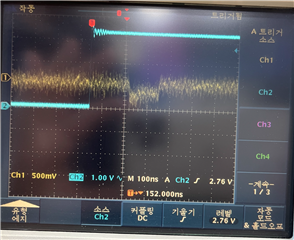Other Parts Discussed in Thread: ADS54J60, , TSW54J60EVM
Hello,
My customer got a reference gudie on the ADS54J60 input design from ADC forum as below link.
The LMH3401 is used for ADC input in the TSW54J60EVM introduced in the link.
The customer is not sure that the above circuit can receive the DC siganl the customer wants to receive.
Could you please suggest an ADC input driver design so that they can receive the DC signal using the LMH3401 or other differential amplifier?
Thank you.
JH



